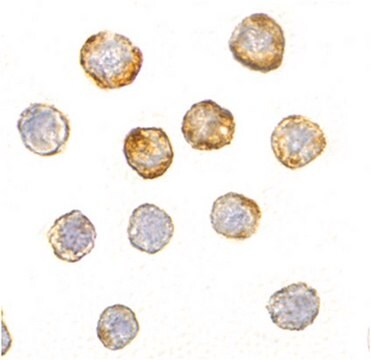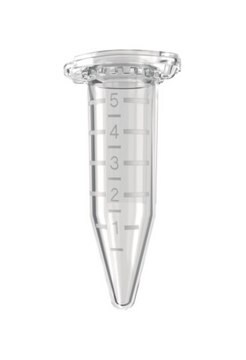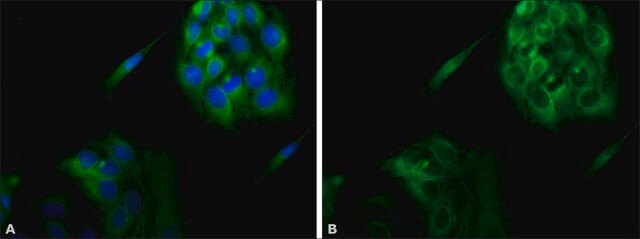ABN469
Anti-DISC1 Antibody
from rabbit, purified by affinity chromatography
Synonim(y):
DISC1 Antibody, Disrupted in schizophrenia 1 protein, KIAA0457
About This Item
Polecane produkty
pochodzenie biologiczne
rabbit
Poziom jakości
forma przeciwciała
affinity isolated antibody
rodzaj przeciwciała
primary antibodies
klon
polyclonal
oczyszczone przez
affinity chromatography
reaktywność gatunkowa
mouse
reaktywność gatunkowa (przewidywana na podstawie homologii)
human (based on 100% sequence homology)
metody
western blot: suitable
numer dostępu UniProt
Warunki transportu
wet ice
docelowa modyfikacja potranslacyjna
unmodified
informacje o genach
human ... DISC1(27185)
Opis ogólny
DICS1 is highly expressed in the dentate gyrus of the hippocampus. It is also expressed in the temporal and parahippocampal cortices and cells of the white matter. Expression rises within the dentate gyrus and temporal cortex from the neonatal period to infancy, declines markedly in adolescence, and declines further with aging. Uniprot describes 8 isoforms ranging between ~37 kDa and ~94 kDa.
Specyficzność
Immunogen
Zastosowanie
Neuroscience
Developmental Neuroscience
Jakość
Western Blotting Analysis: 2 µg/mL of this antibody detected DISC1 in 15 µg of NIH/3T3 cell lysate.
Opis wartości docelowych
Postać fizyczna
Przechowywanie i stabilność
Komentarz do analizy
NIH/3T3 cell lysate
Inne uwagi
Oświadczenie o zrzeczeniu się odpowiedzialności
Nie możesz znaleźć właściwego produktu?
Wypróbuj nasz Narzędzie selektora produktów.
Kod klasy składowania
10 - Combustible liquids
Klasa zagrożenia wodnego (WGK)
WGK 1
Certyfikaty analizy (CoA)
Poszukaj Certyfikaty analizy (CoA), wpisując numer partii/serii produktów. Numery serii i partii można znaleźć na etykiecie produktu po słowach „seria” lub „partia”.
Masz już ten produkt?
Dokumenty związane z niedawno zakupionymi produktami zostały zamieszczone w Bibliotece dokumentów.
Nasz zespół naukowców ma doświadczenie we wszystkich obszarach badań, w tym w naukach przyrodniczych, materiałoznawstwie, syntezie chemicznej, chromatografii, analityce i wielu innych dziedzinach.
Skontaktuj się z zespołem ds. pomocy technicznej







